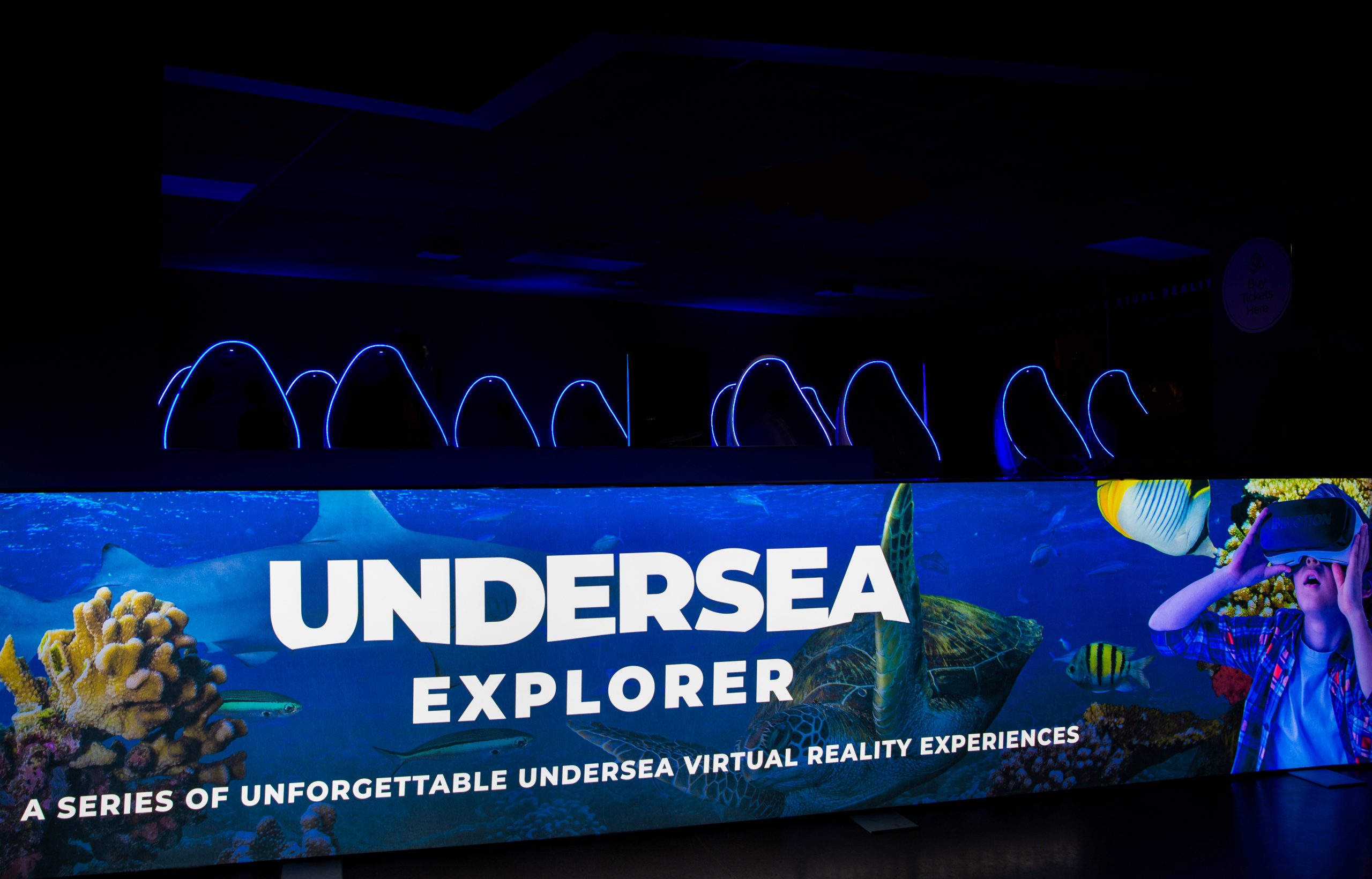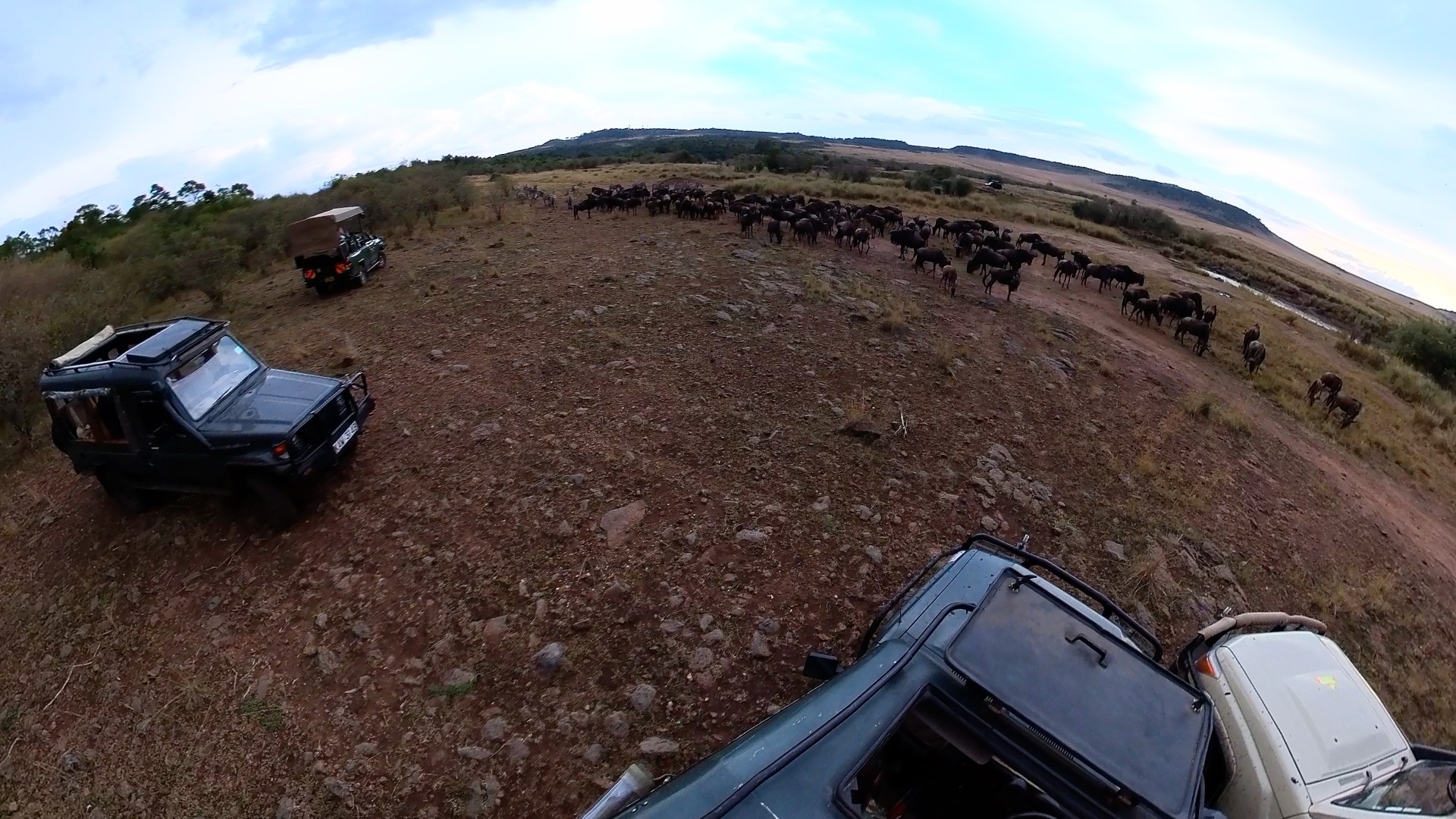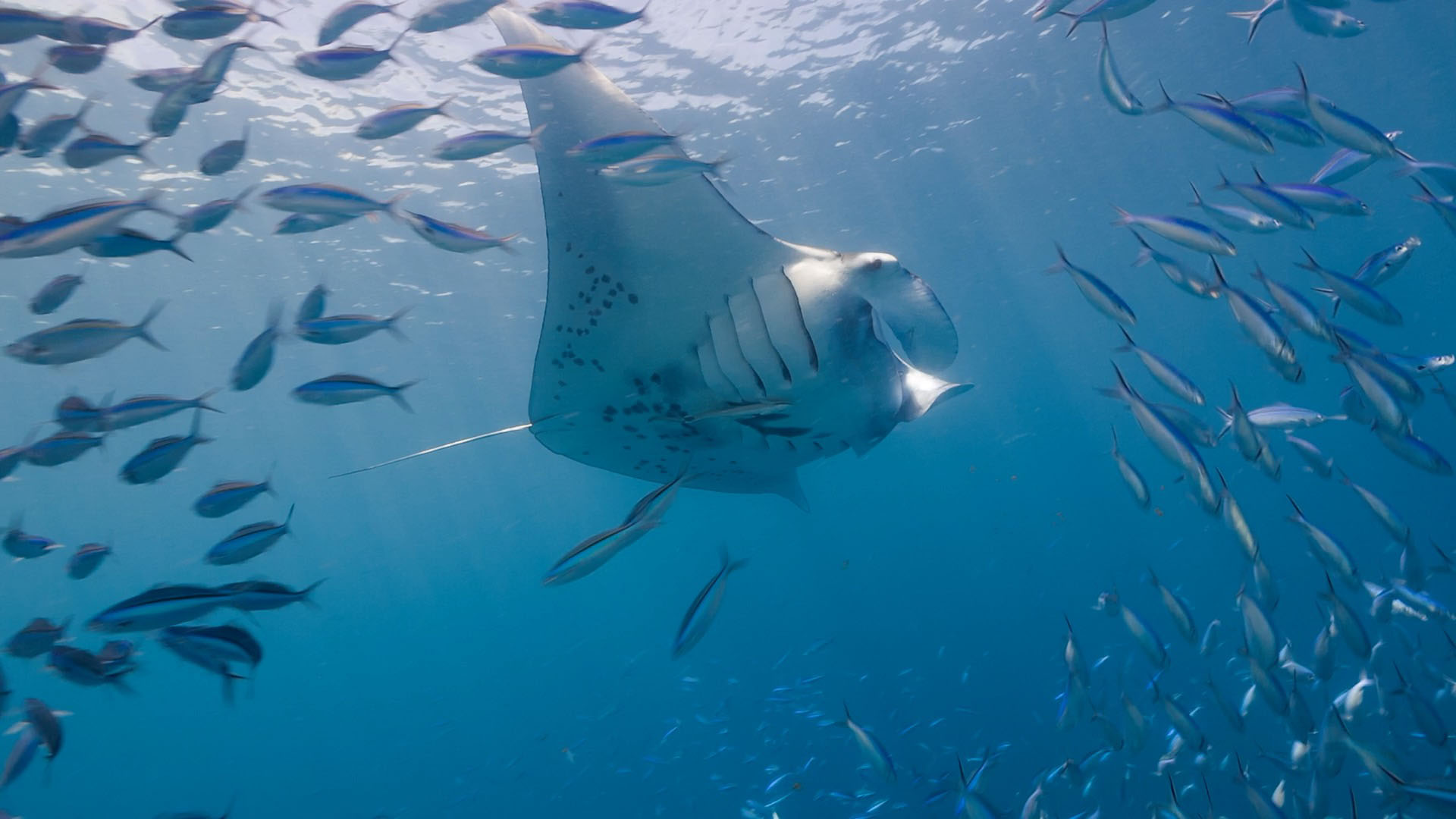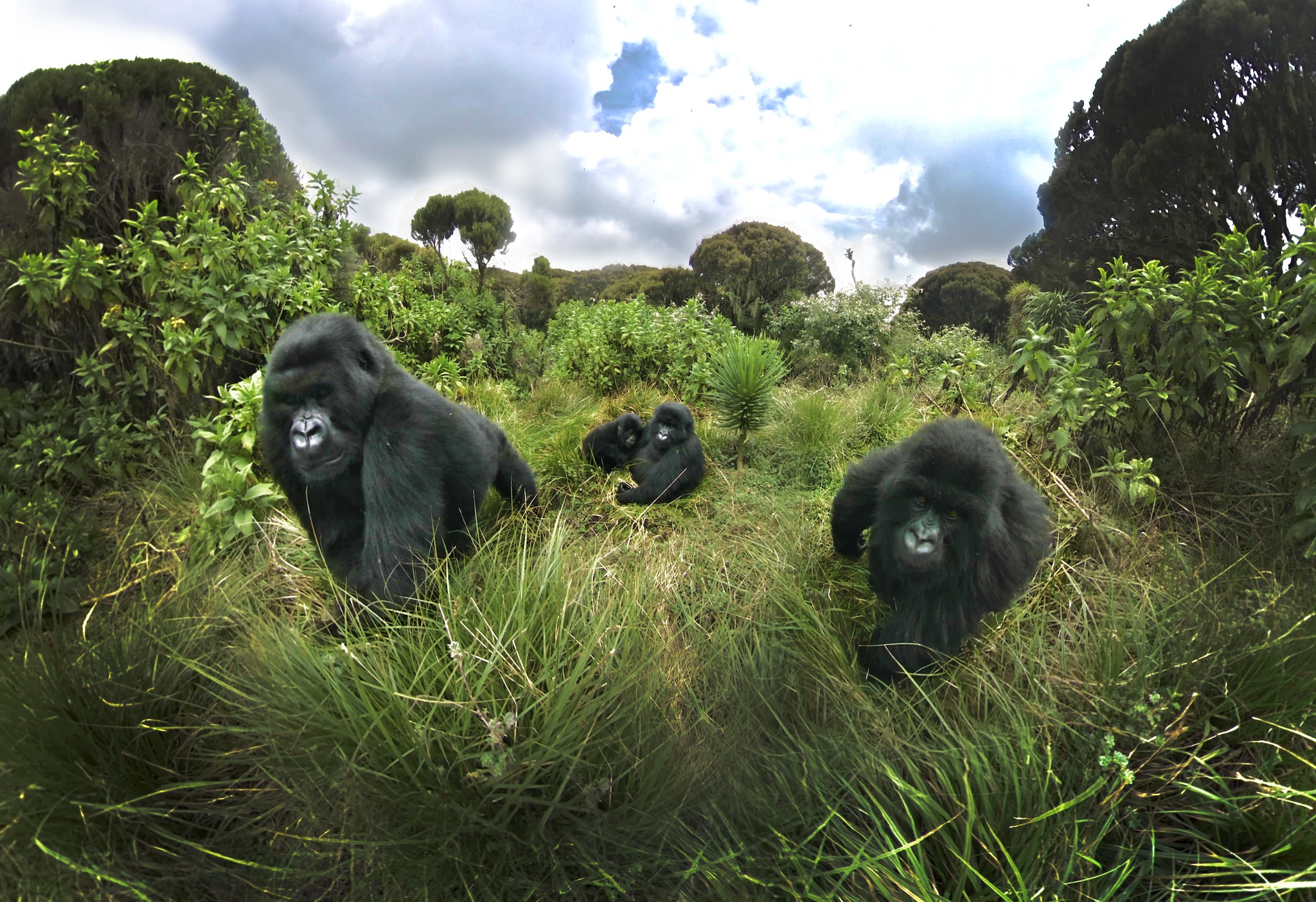Director of VR for Immotion

Q. When and what was you first experience of VR?
A. Back in the days when the Amiga was the powerhouse of computer technology, a company called Virtuality set up using a huge headset and if I remember rightly magnetically driven controllers which worked in a magnetic field around you. It was a dungeon / adventure role play game. Players could use a ‘shield’ or ‘sword‘ or ‘staff’ to defend against and defeat skeletons and other bad guys. It was a four player experience and so it was very advanced for the time. It was only available at a few venues but we were able to play in London (at the Trocadero I think).
Here’s a link:
https://www.arcade-history.com/?n=legend-quest&page=detail&id=12501
Q. To your mind what moment in VR was the most impactful?
A. I think there have been a couple of moments which I have felt the real impact of VR and for different reasons.
In 2016 we created a medical VR experience a couple of years ago which presented users with symptoms experienced by Multiple Sclerosis sufferers. The impact that this has had on MS patients and their families and friends who have experienced it, has been quite profound. In a ten minute VR experience we were able to show how MS attacks the brain and then simulate how the optic nerve, audio center and other areas of the brain would be affected by this debilitating and incurable condition. This mobile VR experience allows none sufferers a real insight into the pain and heartache it can cause. VR can certainly be a powerful tool when empathy is involved.
I can also think of some fun, impactful moments in VR which are mainly due to designers employing techniques which carefully draw you deeper and deeper into the experience and then surprise you with something unexpected.
We have developed such an experience, ‘Feed A Titanosaur’, which features a couple of moments of ‘surprise and delight’ to heighten the impact of the experience. Imagine, a huge vegetarian, Sauropod eating from the tree canopy some distance away from you. We encourage you to attempt to feed him. You grab a branch from a nearby bush and wave it in the air. Then there’s this wonderful moment, as you suddenly realise the scale of this 35 metre long dinosaur which is now responding to your offer of food… it comes over to you to ‘say hello’.
It is during this moment that the fact suddenly hits you, you initiated the encounter without considering the possible consequences, on trust. You have around seven seconds to contemplate this as the huge Argentinosaurus comes over to you. It’s a fabulous moment to watch.
In truth, I think the real impact is when people actually realise that they have to lean far enough forwards holding the branch at arms length, to offer this tasty morsel properly, to encourage the creature to gently stretch out his neck to take it carefully from them. There’s a bonding moment, a moment of trust and relief as your trust is rewarded. This kind of impact is only possible in real-life or in well designed VR.
The emotional connection and impact at that moment is awesome. They are feeding an incredible creature, and time and time again we have witnessed how this has made a huge impression on people.
The ‘Feed A Titanosaur’ experience is currently publically available in York Museum as part of the Jurassic World Exhibition. The exhibition was officially opened by Sir David Attenborough on 23 March 2018 – yes he did feed the Titanosaur and by all account he loved it!
Q. VR gives you a human perspective of a digital world, does this make the modeling and art a more or less complex in the scaling and design process?
A. One, perhaps unexpected, aspect of VR, is that modelling and art assets can be both simple or complex, both work equally as well. The context and delivery have to be right, but stylised and cartoon graphics in a fun game experience, such as Job Simulator are just as acceptable as fully rendered photo-real cgi or even a 360 live shoot. The context is very important, art can be believable even if it is fantastically different in scale or complexity, imagine an experience where you travel along a circuit board, where transistors are huge towers or the CPU is a stadium sized building, if the context is correct and as long as it behaves in an expected or acceptable real world manner, it’s fine.

Q. Your currently developing experiences that may sometimes be seen thousands of times a day by customers. When developing this kind of experiences do you find yourself creating devices to let them discover new experiences depending on what angle they watch from or pointing the user towards a focus point?
A. There’s a lot of fun to be had exploring all the possibilities for any given VR experience, just like in any interactive project or experience. What is particularly interesting is designing a fluid path or flow which gently and subtly leads the user through the experience, but without it being obvious.
Traditionally, directors and editors would ‘gate keep’ storytelling, showing us what to look at, what to hear, what to pay attention to. VR has basically provided the possibility of a much less structured way to tell a story. This means of course that the viewer/user could easily miss key points or character moments because they wanted to look elsewhere at the time. I think there’s only so much design one can put into this, before you begin to spoil the craft of telling a story. I think most developers tend to be cautious of being too prescriptive and forcing the viewer to pay attention, as it can be more obtrusive than helpful. If a key moment is unmissable then perhaps that’s an exception, perhaps it is necessary to find a way to have it happen wherever your viewer is looking. Of course with real-time this is probably more achievable than with 360 video or fully rendered cgi. Sometimes even key animation events aren’t enough to prevent curious users exploring what they want to look at rather than what we want them to look at! In ‘Feed A Titanosaur’ one of the key animations is when the Argentinosaurus stands up on its back legs to reach the highest food in the tree canopy. In our initial design we have the dinosaur animation in the first ten seconds of the experience. Somewhere around 50% of users miss this animation because they are looking in entirely the opposite direction at that exact moment, as their curiosity has them slowly take in the whole 360 degree environment just after the experience begins!
Q. With the state of VR technology improving rapidly is there any hardware limitations you are looking forward to improvements to?
A. There are quite a few, some of which are appearing already such as higher resolution headsets, wider tracking capabilities, faster rendering techniques, much higher frame rates so everything feels more fluid, using our real hands instead of controllers, being free from all bounds of hardware and cables. It is hard to say which is my preferred, I’m looking forwards to all these and more!

Q. Jaron Lanier, ‘Father of VR’, mentioned in the past the need for the internal manipulation of the VR world. Google Tilt brush certainly gives us a taste of this concept. Is this a direction you would also like to see progress more universally?
A. If by internal manipulation you mean creative design from within a VR world, this is a pretty complex question. Creativity shouldn’t be limited in anyway and I don’t mean just as an artist.
Creative solutions to complex problems fascinates me. I’m not saying that VR can ‘save the world’ but I really do think that by standing amongst the elements of a complex problem, VR allows people new insight. The power of VR is such that it allows you do look at problems from an entirely new perspective and often a perspective which would be hard to imagine or maintain. In VR you get this new view as the foundation or starting point, so all your energy can be used to look at and solve the actual problem.
I honestly believe some great discoveries and some fantastic solutions will come from humans approaching problems using a VR headset. Imagine getting so much closer to actual problems so your mind can focus on the fundamentals in a way you have not been able to do so before.
This is a new horizon for human mental capacity. Connecting this to immense datasets, AI and machine learning could be the next ‘final’ frontier.


 Prev post
Prev post Next post
Next post
 read article
read article
